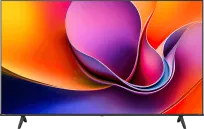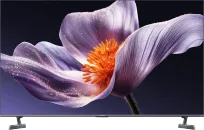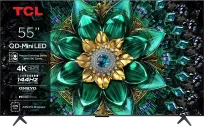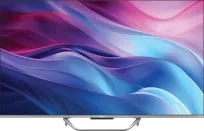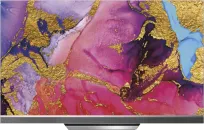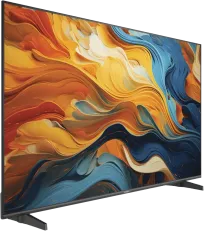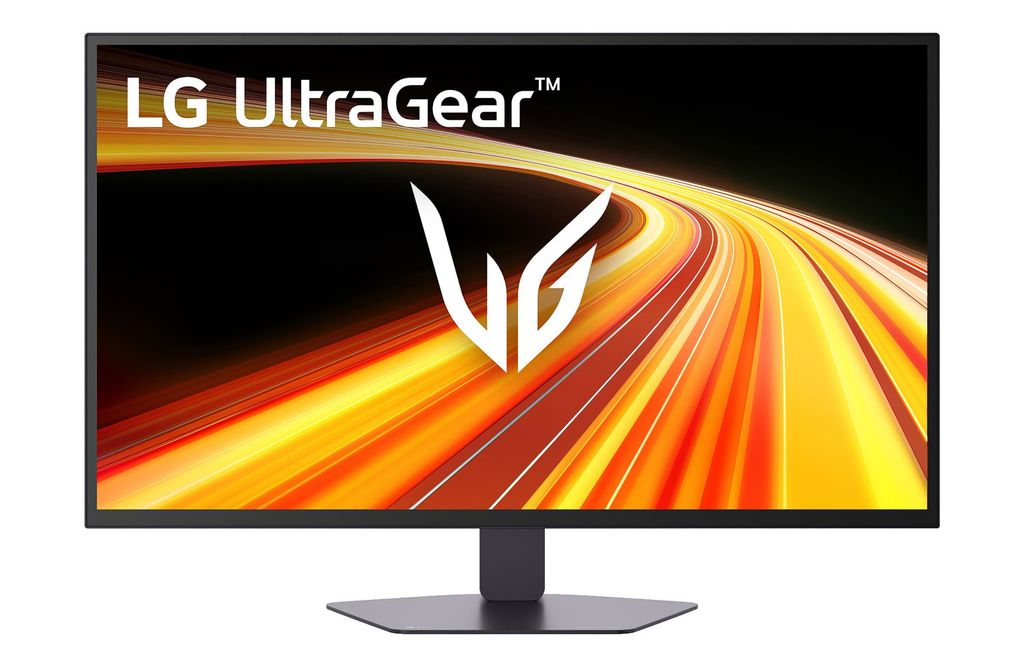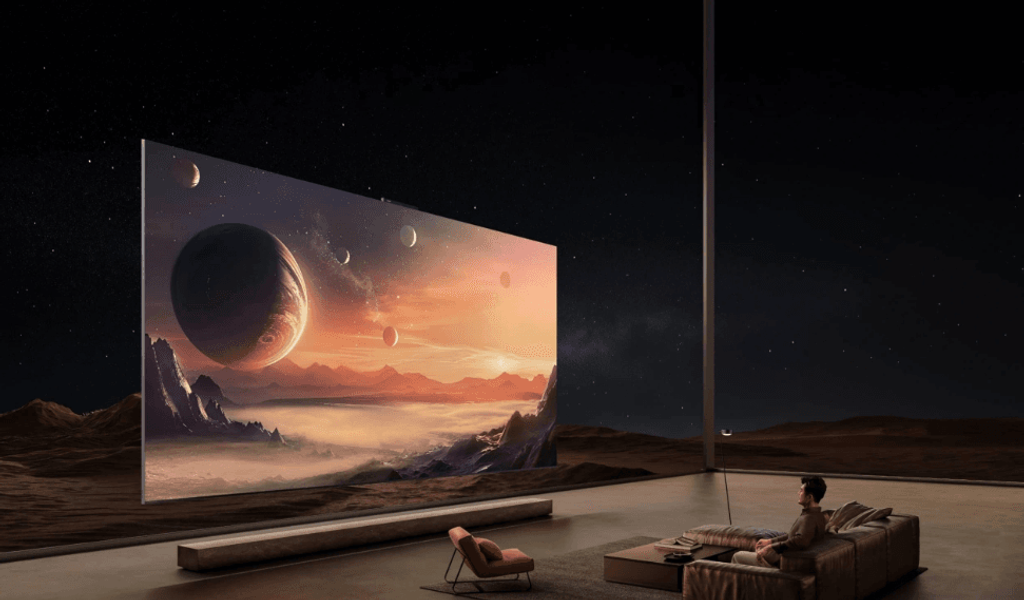
The year 2025 is shaping up to be a breakthrough moment in the world of televisions. Hisense – one of the largest global players – is not only betting on larger screen sizes and better Mini LED backlighting, but is also boldly experimenting with connections. The latest line of televisions from this brand brings something that no one has done before: a USB-C port with DisplayPort support.
In an era where laptops are increasingly shedding traditional HDMI outputs in favor of 2–3 USB-C ports, this solution seems absolutely brilliant. We are fans of this direction and believe that other manufacturers should follow in the footsteps of Hisense.
New processor – new possibilities
As noted by FlatpanelsHD, Hisense is the first manufacturer in the industry to transition from the MediaTek Pentonic 700 chipset to the newer Pentonic 800. It is this that allows for support of more HDMI 2.1 ports without compromise.
Instead of simply opting for four HDMI 2.1 ports, Hisense made a bold move: in the U8Q and UXQ models, we find three HDMI 2.1 ports (up to 4K 165 Hz), while the fourth port… has been replaced with a USB-C port with DisplayPort support. This is the first such application in a television recorded in the market.
From the user's perspective, this is a revolutionary change. More and more ultrabooks, MacBooks, and mobile devices lack traditional HDMI – instead, the manufacturer offers 2–4 USB-C ports. Until now, this meant having to use adapters or docking stations. Now, thanks to Hisense, just one USB-C → USB-C cable is enough, and we can transmit 4K quality image from the laptop without additional equipment.
U8Q – the new star of Hisense?



Among the announced models for 2025, particular attention is drawn to Hisense U8Q – the manufacturer's new flagship, competing with TCL (C8) and Samsung (QN90). The television will be available in sizes ranging from 55 to 100 inches, with Mini LED backlighting and even 6144 local dimming zones. The LCD panel offers a refresh rate of 165 Hz in 4K and even 288 Hz in Full HD. On board, we will of course find HDR10+, Dolby Vision, Dolby Atmos, as well as... DTS:X (which is becoming rare these days).
Hisense TV Models 2025
Model | Sizes | Number of backlight zones |
|---|---|---|
Hisense UXQ | 116" | RGB MINI-LED 3584 |
Hisense U8NQ | 55", 65", 75", 85", 100" | From 1092 to 6144 |
Hisense U7NQ Pro | 55", 65", 75", 85", 100" | From 312 to 1248 |
Hisense U7NQ | 55", 65", 75", 85", 100" (EU), 130" (USA). | From 128 to 608 |
Hisense A7Q | 43", 50", 55", 65", 75" | None |
Hisense A6Q | 43", 50", 55", 58", 65", 75", 85" | None |
Hisense A85Q | 55" | OLED |
Hisense continues to divide platforms depending on the region: in the USA, televisions will operate on Google TV or Fire TV, while in Europe – on its proprietary Vidaa system. There will also be a new A85Q OLED model. However, it will be quite limited in terms of availability. Hisense is systematically focusing on LCD MINI-LED televisions here.
New Features in Backlighting – RGB miniLED
In the 116-inch UXQ model, Hisense will also use RGB miniLED, which is backlighting that utilizes red, green, and blue diodes instead of the typical blue LED. This allows for a wider color palette and greater energy efficiency. This will likely be the first commercially available television with RGB miniLED. In Europe, this model is expected to cost around 30,000 euros.



A bold decision that we like!
The use of USB-C with DisplayPort in a television is a step that no one has dared to take before. Hisense shows that it can think outside the box – instead of blindly copying the competition, it offers real solutions that respond to market changes. We are keeping our fingers crossed that other manufacturers follow in their footsteps. USB-C in a TV? We are all for it!
 Katarzyna Petru
Katarzyna Petru